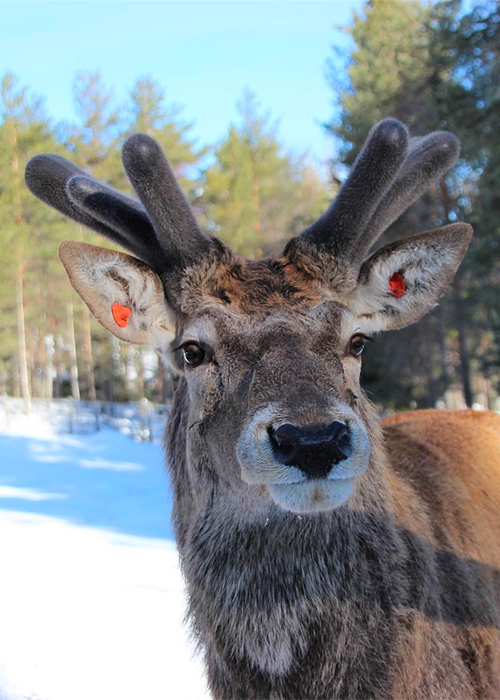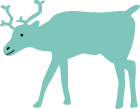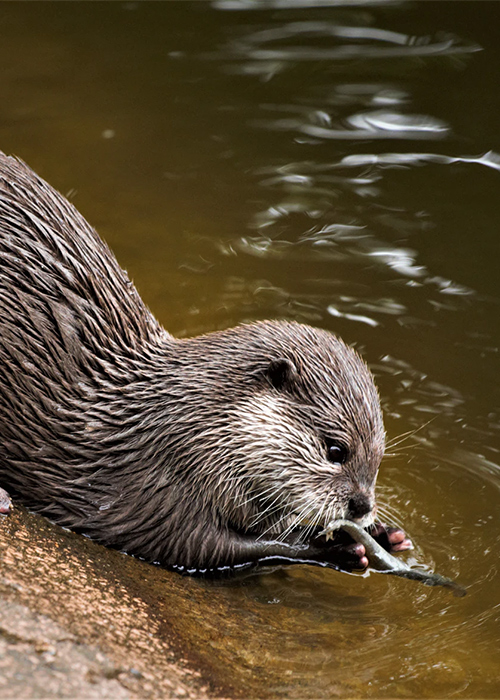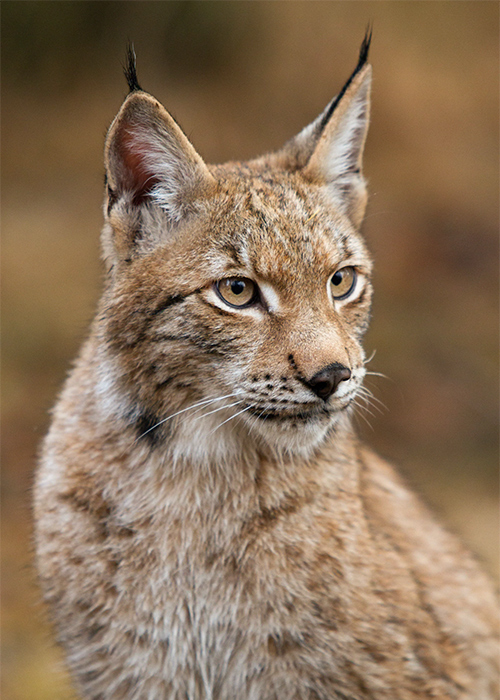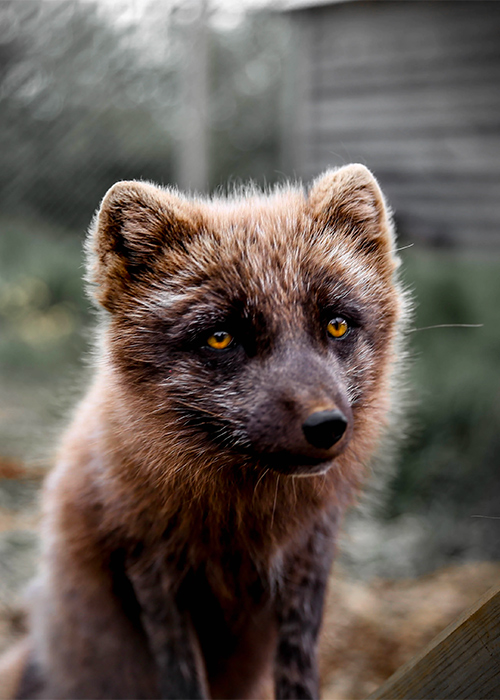Får
(Ovis aries) Gutefår - Gotländska utegångsfår tillhör våra oförädlade svenska lantraser. Båda könen bär horn, det har smala förhållandevis långa ben. Gutefåret var medeltidens leverantör av ull till vadmal (kläder) som omnämns i skrifter från år 1292.
Fjällnäsfår - Fjällnäsfår är vita, eller vita med inslag av grått eller brunt. Ullen är av ryatyp i varierad längd och lockighet, dock med mer bottenull samt kortare täckull än ryafåret.
Fjällnäsfår - Fjällnäsfår är vita, eller vita med inslag av grått eller brunt. Ullen är av ryatyp i varierad längd och lockighet, dock med mer bottenull samt kortare täckull än ryafåret.
| Belongs to: | Order Artiodactyla, also known as even-toed ungulates or partungulates. |
| Family: | Hollow-horned animals (Bovidae) |
| Weight: | Gutefår - bagge 60-80 kg, tacka 40-55 kg. Fjällnäsfår - bagge 30-50 kg, tacka 30-40 kg. |
| Lifespan: | 10 - 15 år |
| Gestation period: | ca: 5 months |
| Gives birth to: | 1-2 lambs |










